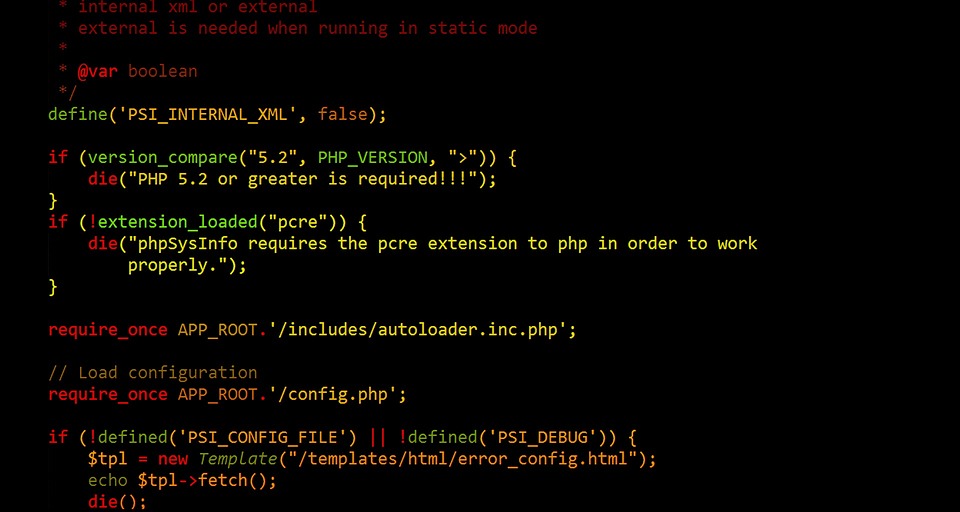Hello, dear readers! 😊👋 As a software development expert, I’m excited to dive into the realm of no-code and low-code development with you. Today, we’re tackling an evolution in the tech world that’s making waves across industries – low-code development! 🌊💻 Specifically, we’re exploring how it benefits agile teams. So, let’s set sail on this journey together!
Agile teams are known for their capability to swiftly adapt to changes and iterate quickly. Low-code development adds a new dimension to this agility. 🚀 Whether you’re a seasoned developer or a business leader, the insights we share today could revolutionize the way you think about app development!
What are the Advantages of Low-Code Development for Agile Teams?
Many professional developers view low-code platforms as a liberating technology. These tools democratize the app development process, making it accessible to a broader base of users while rapidly speeding up the development cycle. Here are a few transformative advantages of low-code development:
- Increased Productivity: Low-code platforms streamline the design and development process, which enables teams to deliver projects faster. Forrester’s study on Microsoft PowerApps is one example of how low-code tools are making an impact.
- Ease of Use: Their intuitive design allows both professional developers and business experts to collaborate and contribute effectively.
- Flexibility and Scalability: Agile teams can adjust and scale their applications with ease, adapting to changing requirements seamlessly.
How Low-Code Empowers Professional Developers
While low-code is often associated with citizen developers, it offers substantial benefits to professional developers as well. Low-code platforms can drastically reduce the amount of manually written code, allowing seasoned coders to focus on more complex tasks that require their expertise.
This doesn’t replace traditional development but rather, it complements it. Low-code allows for the rapid prototyping of applications, making it an ideal partner for agile methodologies. By incorporating low-code, professional developers can accelerate the delivery of software solutions that would otherwise take months to develop. Here’s an informative Gartner report that explains this in detail.
Low-Code Development in Agile Environments
In my experience, the integration of low-code development within agile environments provides solid advantages. It supports constant iteration, collaborates seamlessly with existing workflows, and encourages feedback loops from all stakeholders. By promoting inclusivity in the development process, low-code allows agile teams to gather a wider range of insights and ideas.
Moreover, agile teams often juggle multiple projects at once. The speed and efficiency afforded by low-code development mean teams can manage and deliver on these concurrent projects while maintaining high standards of quality.
Staying Ahead of the Curve with Low-Code
Adopting low-code development is not merely a trend; it’s a strategic move to stay ahead in a competitive ecosystem. The capability to deliver applications rapidly is becoming a differentiator that can make or break businesses. Agile teams using low-code platforms have a clear edge when it comes to meeting market demands and customer expectations.
I’ve witnessed firsthand how enterprises that embrace low-code are redefining their sectors, pioneering new solutions, and disrupting the status quo. If you’re curious to see examples, check out this insightful resource that tracks industry disruptors thriving with low-code.
Subscribe for More Insights!
Are you enjoying this deep dive into low-code development for agile teams? Don’t miss out on future insights! 🌟 I invite you to subscribe to our newsletter at Gibni.com, where we share the latest trends, tips, and tricks in the tech world. Just a click away, and you’re part of the family! Subscribe now!
Keywords and related intents:
Keywords:
1. Low-code development
2. Agile teams
3. Software development
4. No-code development
5. Productivity
6. Flexibility
7. Scalability
8. Rapid prototyping
9. Microsoft PowerApps
10. Gartner report on low-code
Search Intents:
1. Understanding the benefits of low-code development for agile teams.
2. How low-code platforms can increase productivity in software development.
3. The role of no-code development in modern technology ecosystems.
4. Comparing ease of use for developers and non-developers in low-code platforms.
5. Exploring the relationship between flexibility, scalability, and low-code development.
6. Investigating case studies or success stories of agile teams using low-code tools.
7. Learning how professional developers can leverage low-code for complex tasks.
8. Finding research or reports about the economic impact of low-code development.
9. Identifying how low-code development supports agile principles like rapid iteration and feedback loops.
10. Subscribing to newsletters for latest trends and insights on low-code development for agile teams.
#low-code for professional developers
#Advantages #LowCode #Development #Agile #Teams






